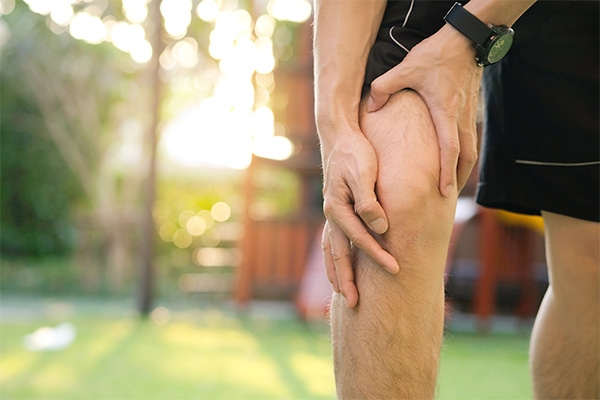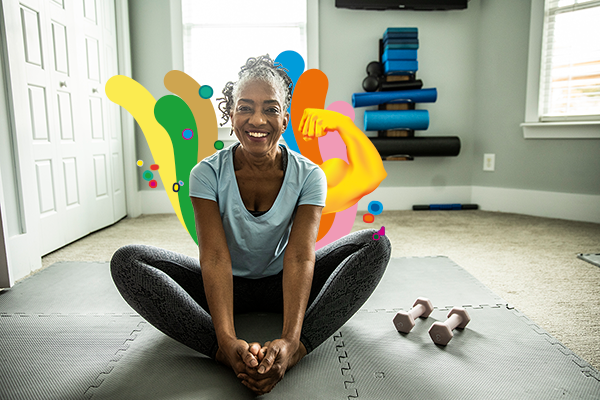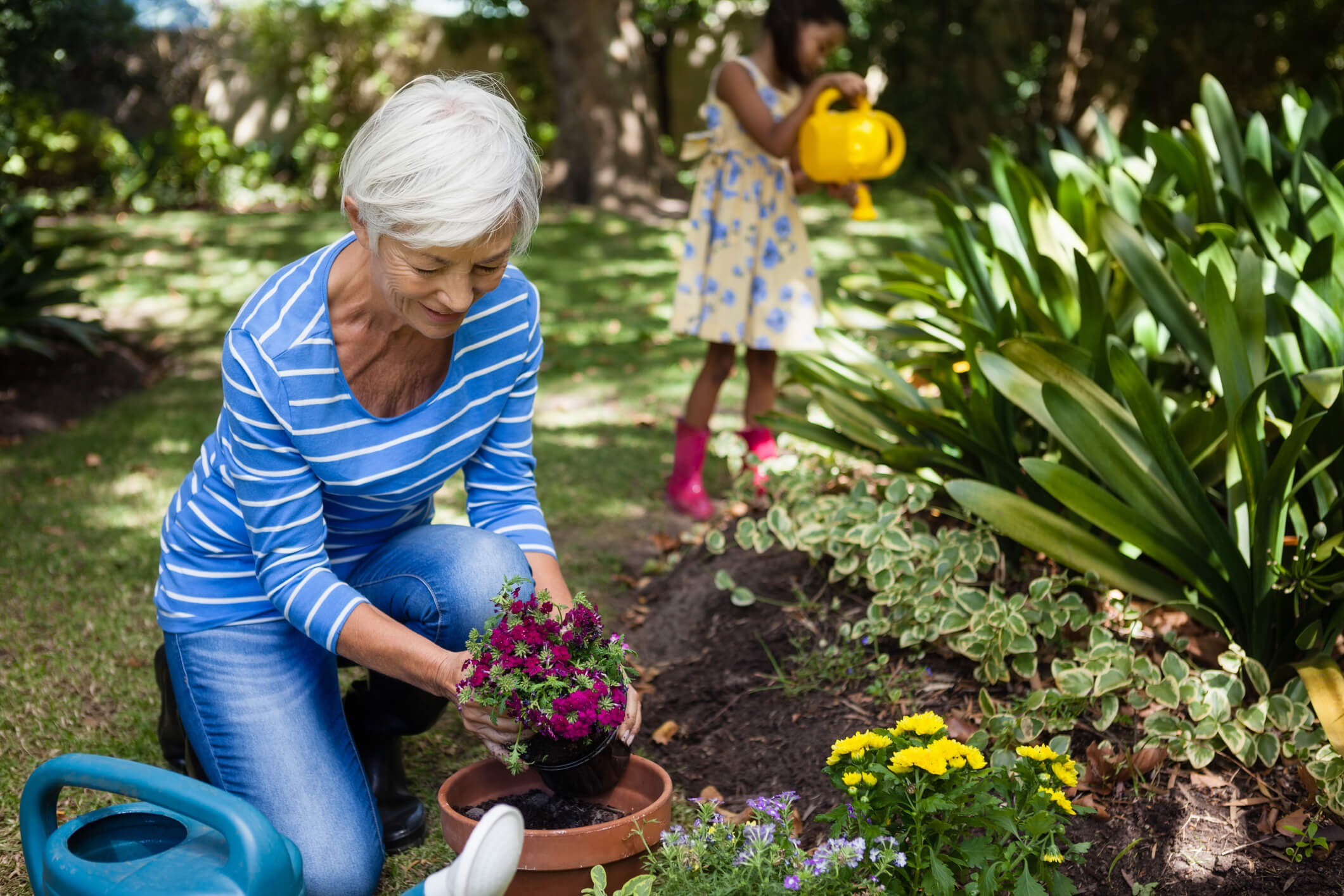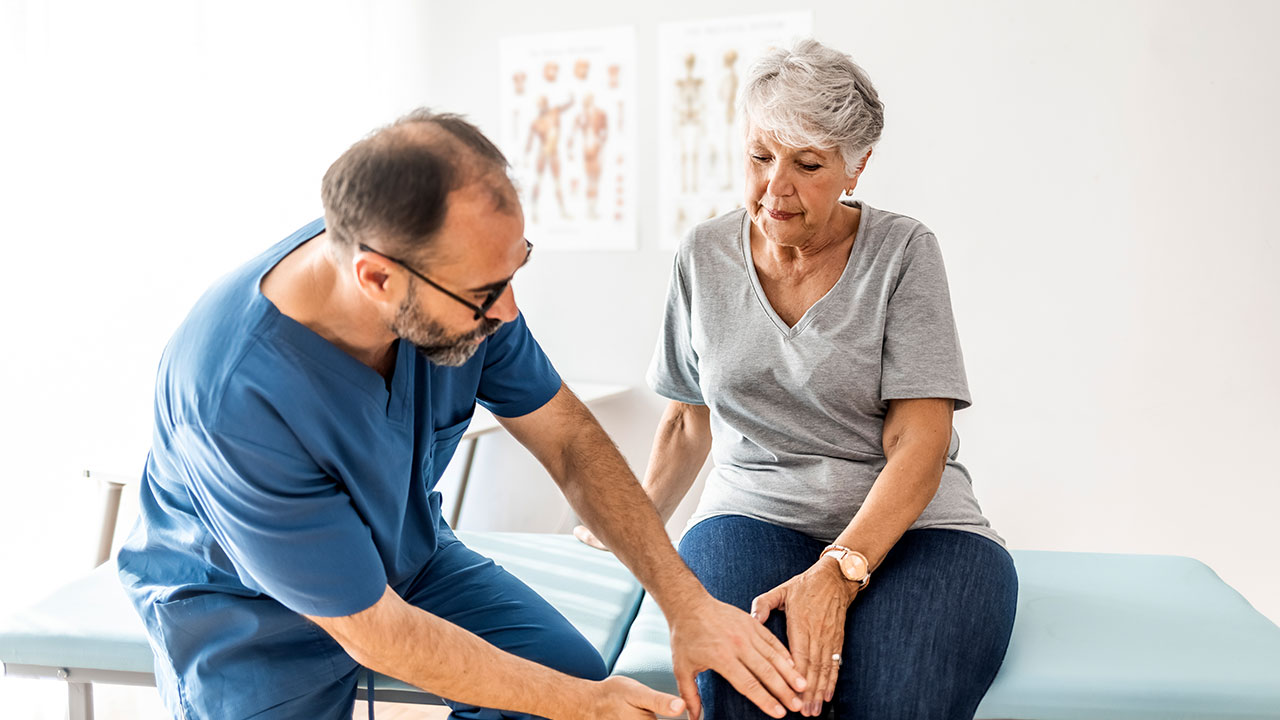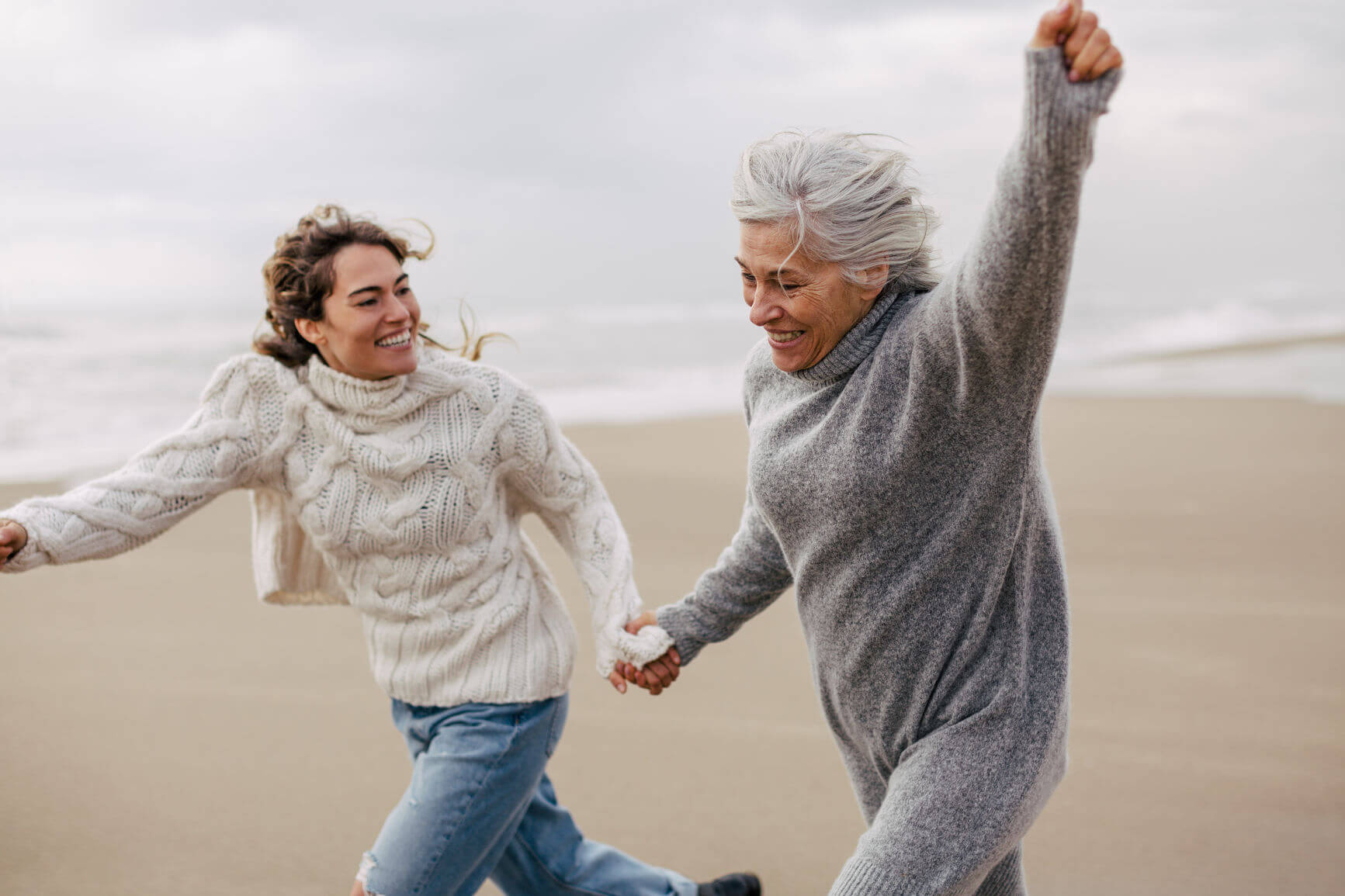Written by Charissa Fermelis
July 2022
Osteoarthritis is a degenerative disease which affects all tissues in the joints, including the cartilage, bone, joint capsule and joint fluid, exposing the joint to pain, stiffness and swelling. It’s the most common form of arthritis in Australia, and most often impacts the knees and hips. These joints bear the weight for the legs, so regular exercises for osteoarthritis will help keep leg muscles strong and mobile.
Symptoms of osteoarthritis are often worst in the mornings, during or after exercise, after sitting or standing for long periods, or at the end of the day. These symptoms usually start off mild, but can worsen over time. Not all people with osteoarthritis will experience pain.
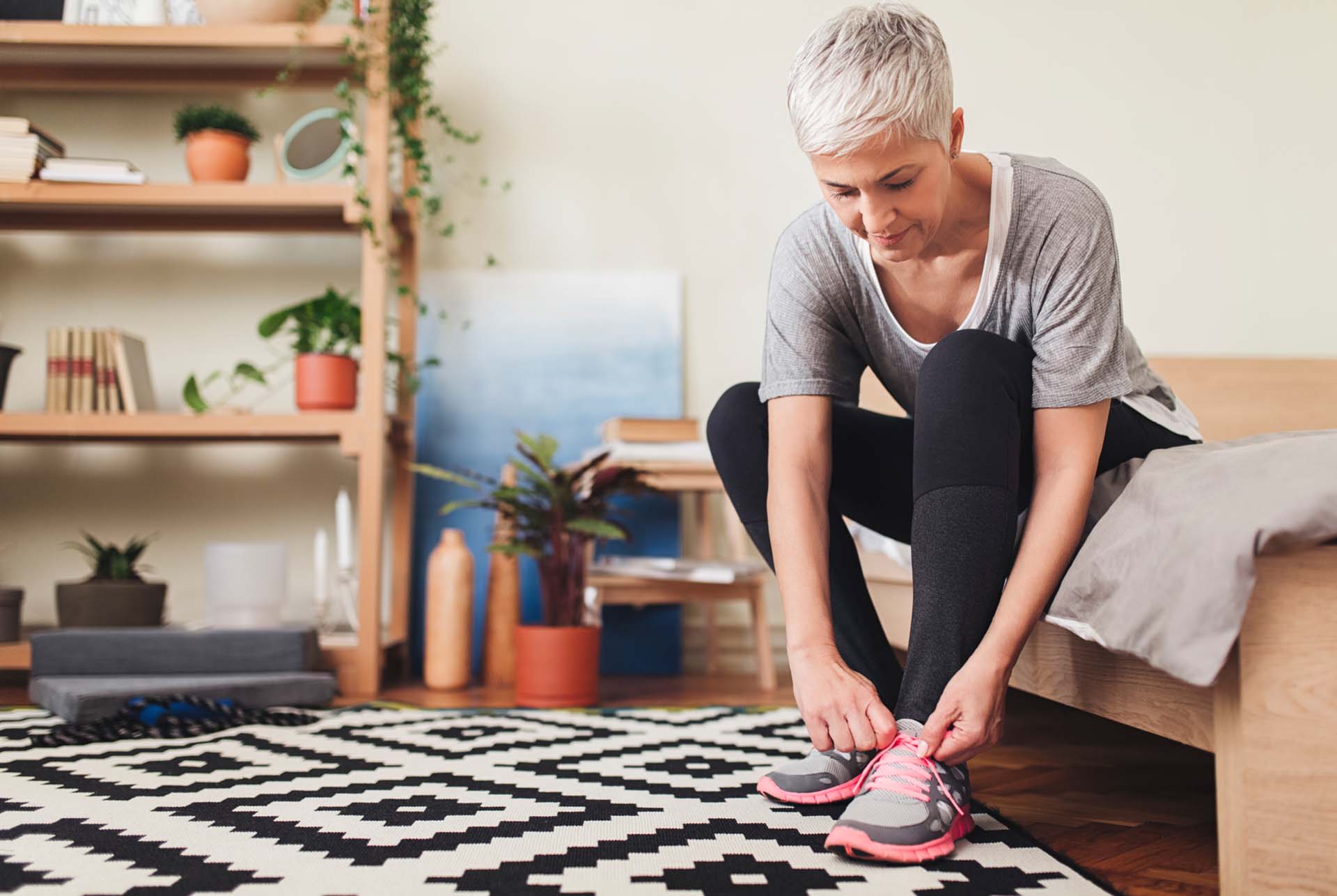
Can osteoarthritis be reversed?
While there is no cure for osteoarthritis there’s a lot you can do to take control of your condition to slow its progression, reduce your pain, and improve your function.
Many people mistakenly think that their symptoms will continue to get worse regardless of what they do. But in fact, osteoarthritis symptoms can be effectively managed by doing things like strengthening exercises, increasing physical activity, and losing weight.
What are the best exercises for osteoarthritis?
Your workout should ideally focus on functional and lower limb muscle strength and joint mobility, pelvic stability, leg alignment and balance. Keep in mind that any exercise you do should not aggravate your symptoms, and consult your GP before starting a new exercise program.
Here are a few exercises for osteoarthritis to try.
1. Strength training
Strength training involves using weights or your own body weight to build muscle mass and, of course, strength. Strengthening your calves, quadriceps, hamstrings, gluteals and abdominals will support and decompress the joints, which may help you manage some of the pain that comes with osteoarthritis. Most community centres and gyms provide group exercise classes for active adults, which also provide social benefits.
Clinically, we want to focus on improving the functional activities of daily living which are the most important to you, such as getting up and down the stairs, in and out of the car, getting down on to the floor and back up again.
2. Pilates
Pilates exercises are versatile and easily modified, so they’re an ideal method for osteoarthritis management. Like any mode of exercise, they must be done correctly to ensure safety and effectiveness. You can do group Pilates in a studio or gym, or work privately with a physiotherapist who uses Pilates as part of their practice.
3. Hydrotherapy
Hydrotherapy – using water to treat a particular condition – is great way to exercise for osteoarthritis. When you work out in a pool, for example, the buoyancy helps to decompress the joints, the hydrostatic effect of the water on the limbs reduces swelling and the water provides continual resistance for muscle strengthening.
Activities and movements are often easier when performed in water, which makes you feel good. Remember when you used to do handstands in the pool as a kid?
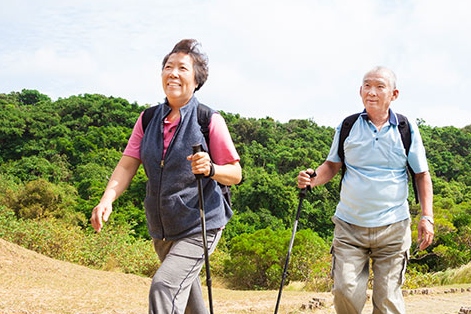
Better Knee, Better Me
This program typically combines personalised plans for exercise, weight loss and pain management that aims to help eligible members better manage painful knee osteoarthritis and help reduce the impact it has on their quality of life. Clinical and product eligibility criteria apply. Your program journey may be different depending on your needs.
Bonus tip: the benefits of a weight loss diet plan for osteoarthritis
Exercises for osteoarthritis aren’t the only way to alleviate symptoms: another effective strategy is weight management. Think of your skeleton like the timber frame in a single-storey house – the frame can only support a certain amount of weight. If you add an extra storey, the original frame will buckle under the pressure. If you’re carrying extra weight, your joints will be over-compressed and more likely to degenerate.
If you think you might be overweight, ask your GP to refer you to a dietitian. A dietitian will ensure you’re eating the right amount of the right foods, and help you set measurable, achievable goals for reaching a healthy weight for managing osteoarthritis.
Read more about osteoarthritis
Looking for something else?
Visit Joint health for more information.
Things you need to know
While we hope you find this information helpful, please note that it is general in nature. It is not health advice, and is not tailored to meet your individual health needs. You should always consult a trusted health professional before making decisions about your health care. While we have prepared the information carefully, we can’t guarantee that it is accurate, complete or up-to-date. And while we may mention goods or services provided by others, we aren’t specifically endorsing them and can’t accept responsibility for them. For these reasons we are unable to accept responsibility for any loss that may be sustained from acting on this information (subject to applicable consumer guarantees).
